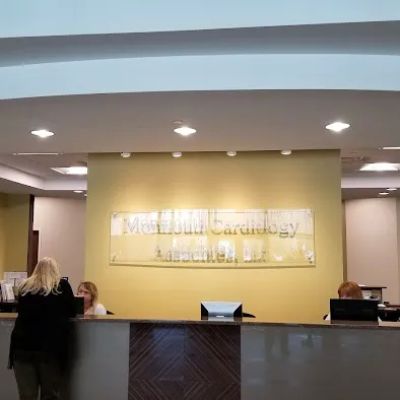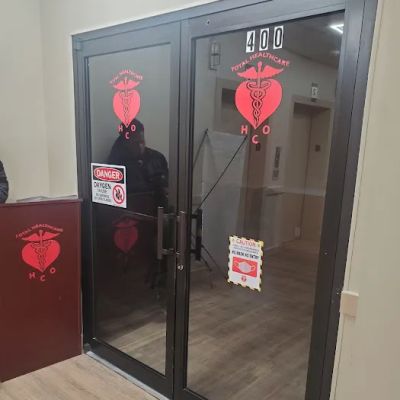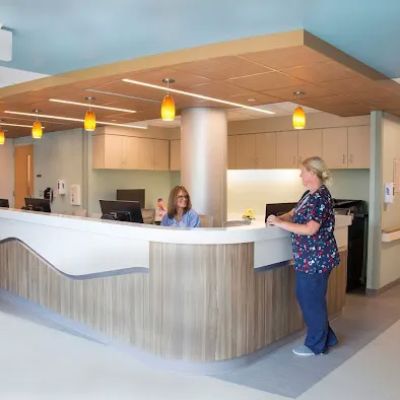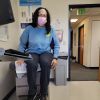- 1-Unique-Symptoms-of-Heart-Disease-in-Women
- 2-How-Symptoms-Differ-from-Men
- 3-Early-Warning-Signs-to-Watch-For
- 4-Common-Risk-Factors-for-Heart-Disease-in-Women
- 5-Real-Life-Experience-Impact-of-Recognizing-Symptoms
- 6-When-to-Seek-Medical-Help
1. Unique Symptoms of Heart Disease in Women
Heart disease is the leading cause of death among women in the United States, yet many women do not recognize the symptoms because they often differ from the classic chest pain commonly seen in men. Women may experience subtle and varied symptoms that are sometimes mistaken for less serious conditions.
Unlike the typical crushing chest pain, symptoms in women often include shortness of breath, nausea, jaw or neck pain, and extreme fatigue. These symptoms can appear gradually or suddenly, making awareness crucial for early detection.
Some women report feeling pressure or tightness in the chest rather than intense pain. Others experience discomfort in areas like the back or arms. This diversity in symptom presentation underscores why women should be vigilant about any unusual bodily sensations.

2. How Symptoms Differ from Men
While men often describe a classic heart attack as a heavy or squeezing chest pain, women’s symptoms tend to be less predictable. For example, nausea or vomiting may be prominent in women but rare in men. Similarly, women are more likely to experience dizziness or lightheadedness.
This difference sometimes leads to delayed diagnosis and treatment. Medical professionals increasingly emphasize the importance of recognizing these gender-specific symptoms to improve outcomes.
Atlanta Heart Specialists
atlanta heart specialists
4375 Johns Creek Pkwy #350, Suwanee, GA 30024, USA

3. Early Warning Signs to Watch For
Recognizing early warning signs can save lives. Key symptoms to watch for include:
- Unusual fatigue or exhaustion not explained by activity
- Shortness of breath during routine activities
- Discomfort or pain in the jaw, neck, or upper back
- Lightheadedness or fainting episodes
- Nausea, sometimes accompanied by cold sweats
These signs may appear days or weeks before a major cardiac event, providing an opportunity to seek medical advice.
4. Common Risk Factors for Heart Disease in Women
Understanding risk factors helps women take proactive steps to reduce their chances of developing heart disease. High blood pressure, diabetes, smoking, obesity, and family history all contribute to risk. Hormonal changes during menopause can also increase susceptibility.
Stress and depression, which affect women disproportionately, are emerging as important risk factors. Lifestyle changes such as diet, exercise, and stress management are vital components of heart health.
5. Real-Life Experience: Impact of Recognizing Symptoms
Consider the story of Maria, a 52-year-old woman from Texas, who ignored mild jaw pain and fatigue for weeks. When she finally sought care, doctors diagnosed her with coronary artery disease. Early recognition and treatment helped prevent a heart attack and improved her quality of life.
Maria’s experience highlights the importance of trusting your instincts and seeking timely medical advice even if symptoms seem vague or unusual.
6. When to Seek Medical Help
Immediate medical attention is necessary if you experience intense chest pain, severe shortness of breath, sudden dizziness, or fainting. However, even less severe symptoms warrant a discussion with your healthcare provider to evaluate heart health and conduct appropriate tests.
Regular check-ups and screenings are recommended, especially if you have risk factors. Early intervention can significantly reduce complications.
For expert guidance and personalized care options, visit HeartCare Hub to connect with trusted resources and services tailored for women’s heart health.





















Deborah Heart and Lung Center
deborah heart and lung center
200 Trenton Rd, Browns Mills, NJ 08015, USA